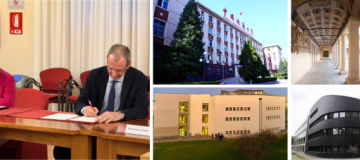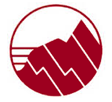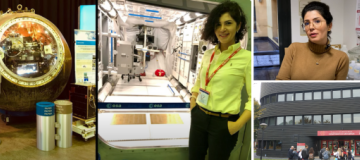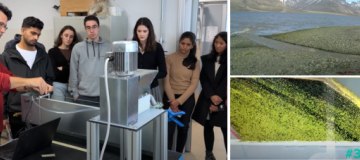
Academic agreement between the University of Padua and the China University of Geosciences di Beijing
23.01.2024
A relevant academic agreement was recently signed between the University of Padua and the China University of Geosciences in Beijing.The memorandum of understanding is part of a collaboration agreement that the two universities have started a few years ago: it is based on the synergy between the







